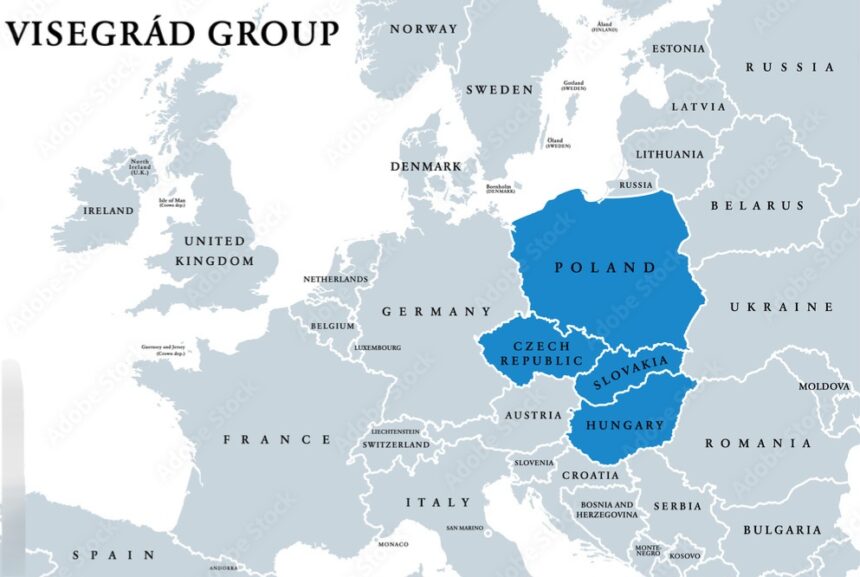Johannesburg: SiltaNews – News Desk
Poland, Slovakia, Hungary, and the Czech Republic form a compact and influential cluster in Central Europe. Their borders interlock like puzzle pieces, creating a corridor that links the Baltic Sea to the Balkans and the Alps to the Carpathians. Poland stretches across the north, touching the Baltic coast and bordering Germany, Belarus, and Ukraine. South of Poland lies the Czech Republic, nestled between Germany and Slovakia. Slovakia continues the southern descent, bridging the Czech Republic and Hungary. Hungary anchors the group in the southeast, bordered by Austria, Slovakia, and the Balkan nations.
These countries share centuries of intertwined history, from medieval kingdoms and Habsburg rule to the upheavals of the 20th century. All four were part of the Eastern Bloc and transitioned to democracy in the early 1990s. Today, they are members of the European Union and NATO, and they collaborate through the Visegrád Group – a regional alliance that promotes cultural, economic, and political cooperation.
Each country brings its own linguistic and cultural flavor. Polish, Slovak, and Czech are Slavic languages, while Hungarian stands apart with its Uralic roots. Their capitals, Warsaw, Prague, Bratislava, and Budapest, are vibrant cities steeped in history, architecture, and artistic legacy. From Gothic cathedrals and baroque squares to thermal baths and folk traditions, the region offers a rich mosaic of European heritage.
Together, they form a strategic and symbolic heart of Europe – where East meets West, and history meets renewal.

